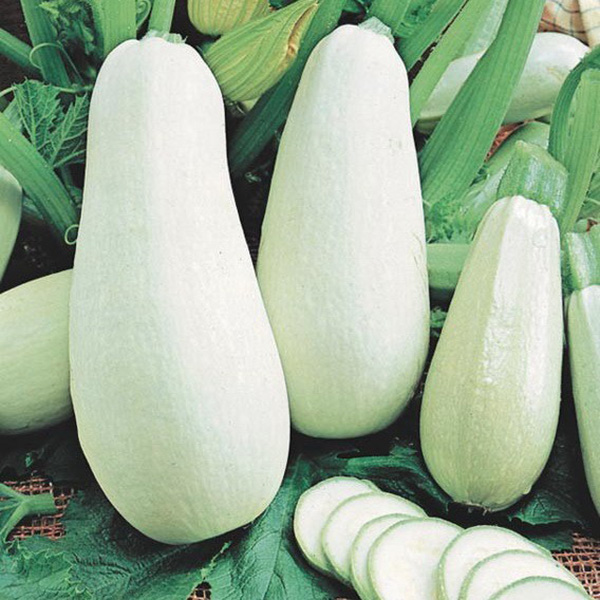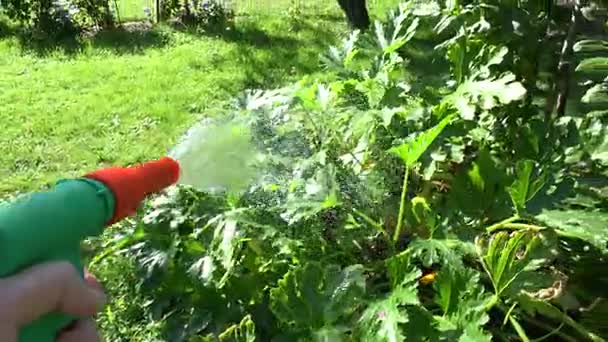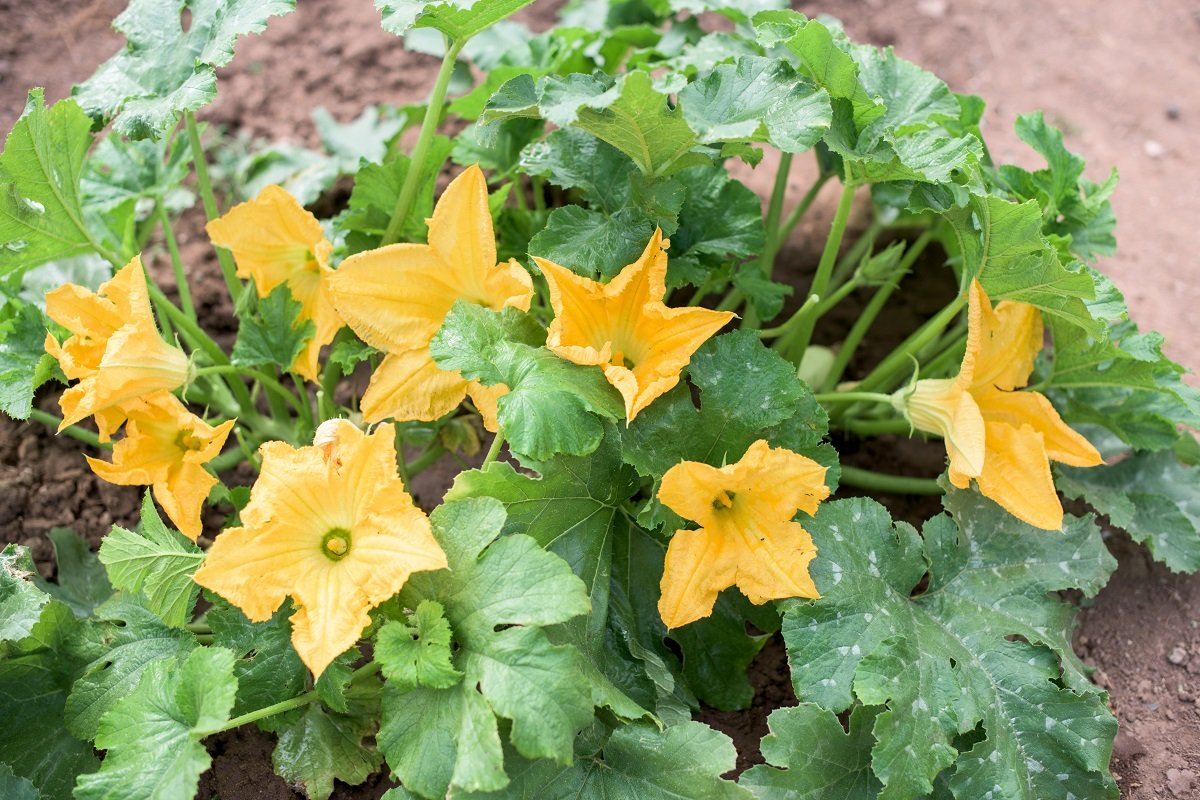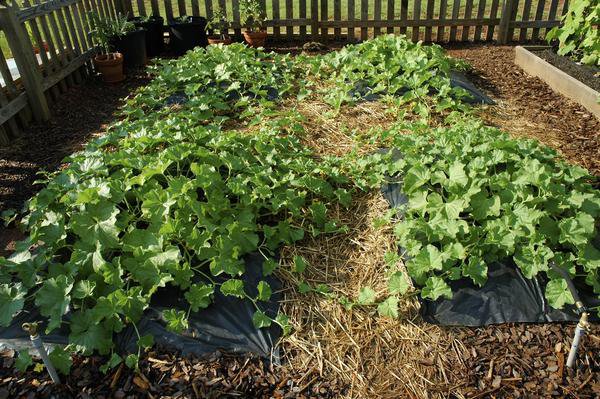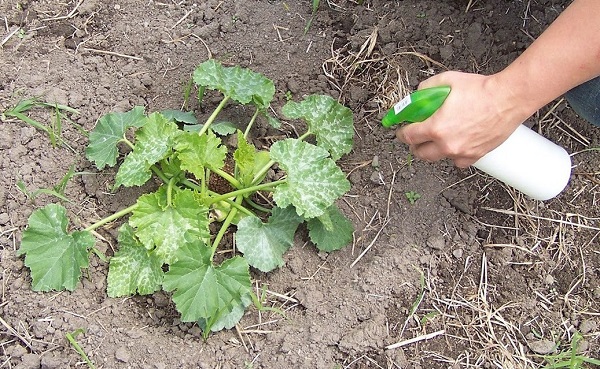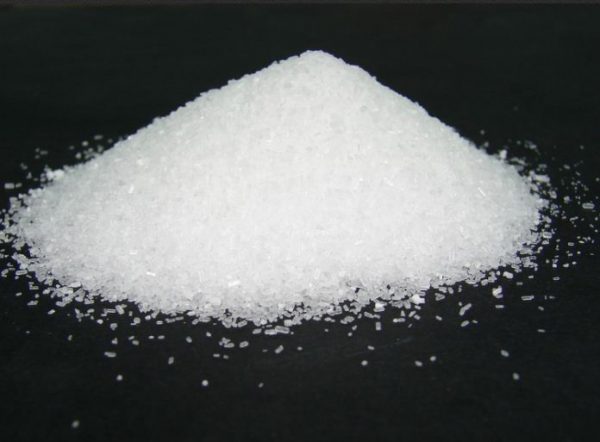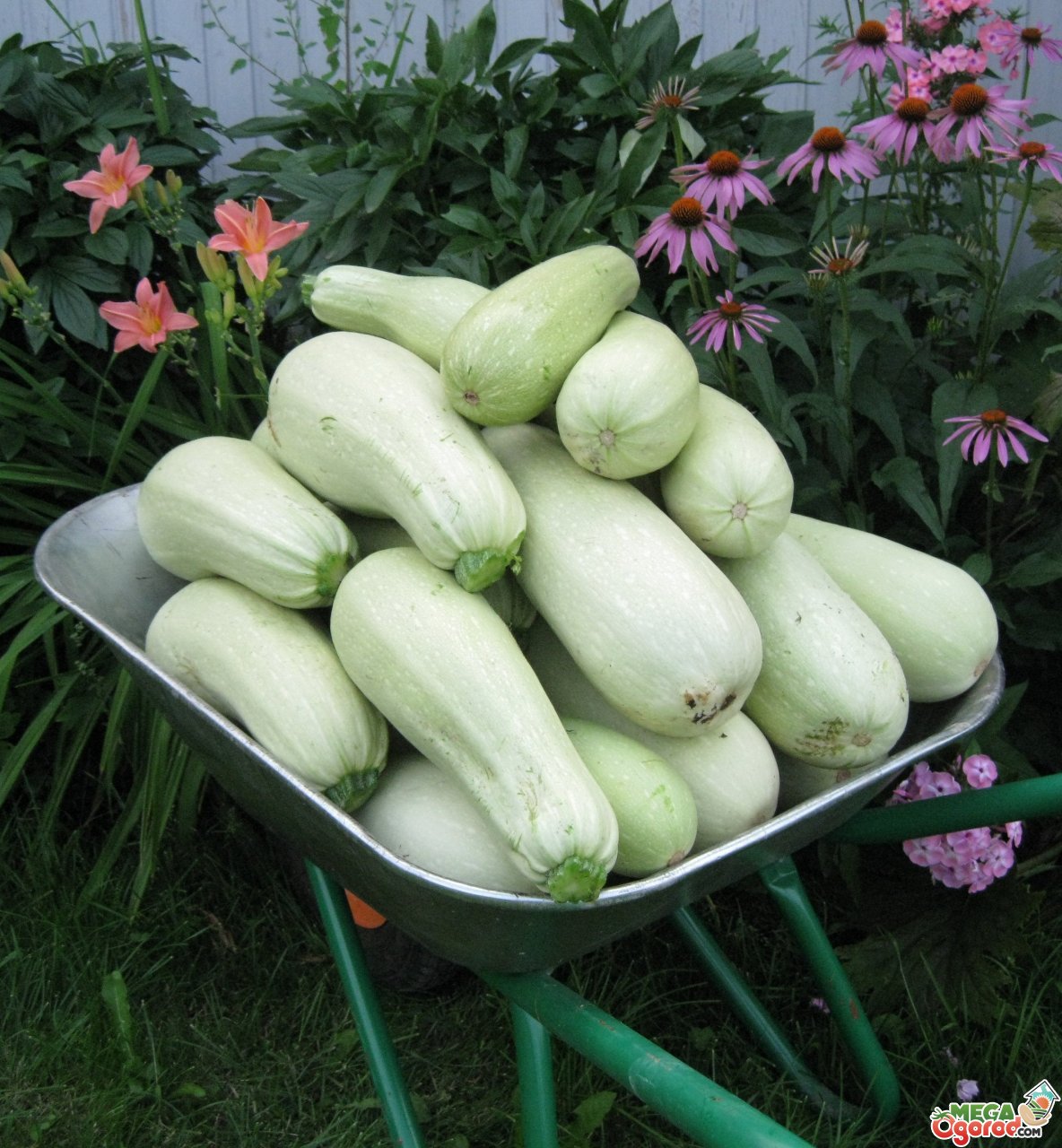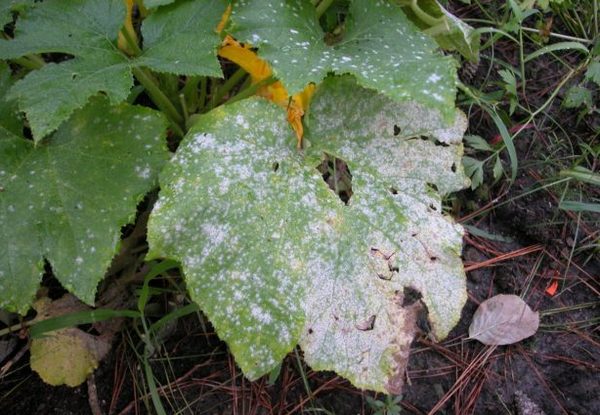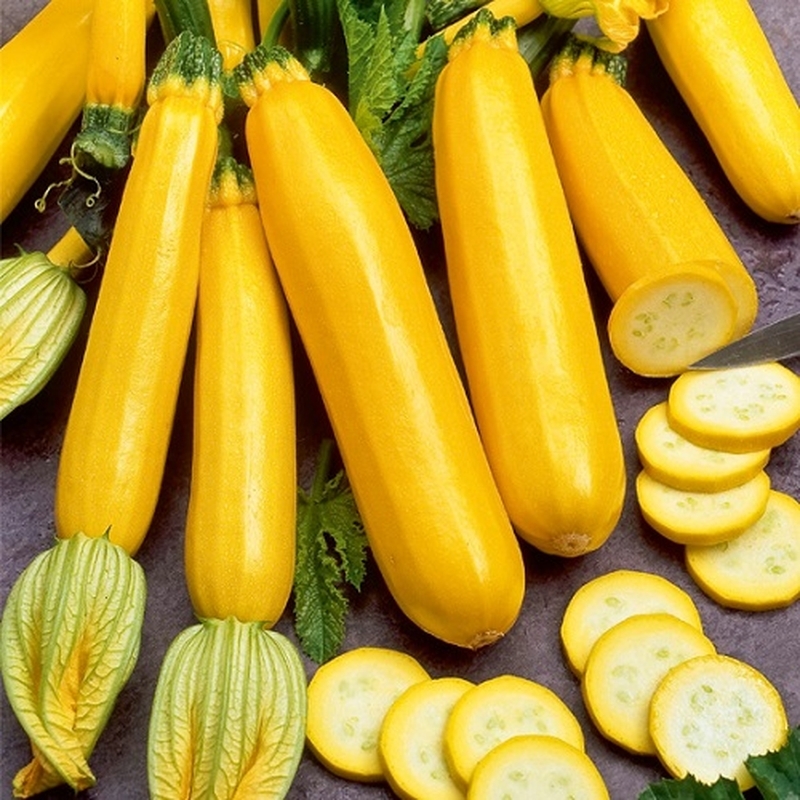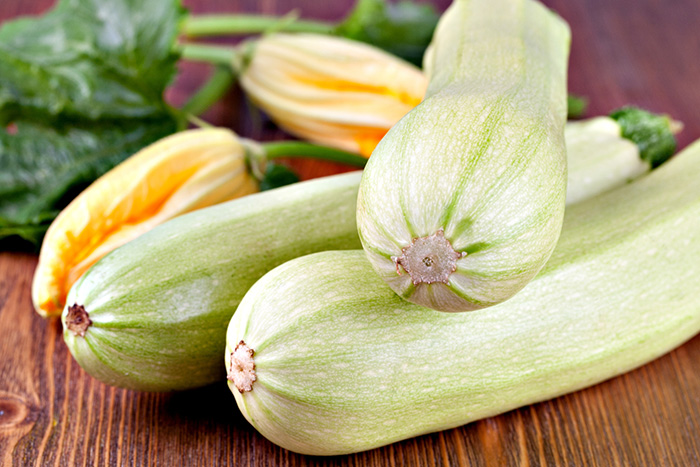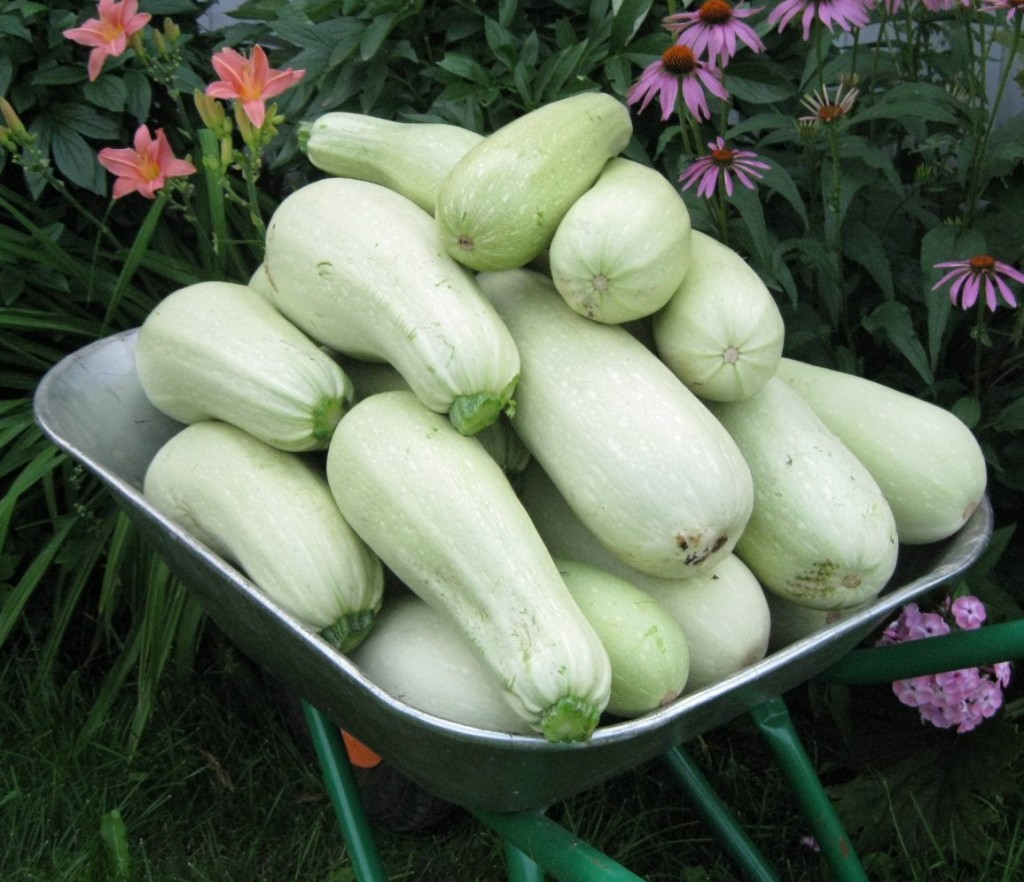Content:
White marrow does not require special care, while it brings a rich harvest. The fruits of the plant can be used both for canning and for preparing second courses. The ripening time of the fruit from the first ovary with abundant watering is no more than 15 days. The bush has a compact size, thanks to this, you can rationally use the space in the allotted area.
Beloplodny is an experimental selection of the Kuban Experimental Station of the All-Russian Research Institute of Plant Growing. It has been used for harvesting in Russia since 1983.
Characteristics and features of the variety
The squash is the closest relative of the pumpkin. It is a bush-shaped herbaceous annual plant. The culture has its own distinctive characteristics from other varieties.
Frost resistance
Can be grown both in greenhouses and hotbeds, and in the open field. In greenhouse conditions, the crop ripens faster and gives a good harvest. Zucchini of this variety ripens at a temperature not lower than 10 ° C.
Yield
With abundant watering, the crop gives a rich harvest, regardless of the variety. Ultra-early zucchini yield 7-9 kg per m2. The yield of early varieties is up to 12 kg per m2, mid-season - up to 6 kg per m2.
For early varieties, the fruit ripening time from planting is 35 to 45 days. In mid-season crops, the ripening period increases, equal to 45-55 days.
Bloom
Depending on the place of cultivation, the flowering time of the crop may fluctuate. In greenhouse conditions, the white-fruited zucchini blooms 15-20 days after planting.
In the open field, flowering is observed later - 25-30 days after planting. This is due to the fact that low night temperatures inhibit the growth of zucchini. To obtain ovaries, it is necessary to spud the plant.
Pollination
White-fruited squash is pollinated by bees. Recently, crops have been widespread in which only female flowers grow, thanks to which the zucchini can be pollinated on its own.
Additional pollination can be carried out to obtain a good harvest. For this, male flowers are plucked, all petals are removed from them. With anthers, pollen is applied to the stigmas of female flowers. Pollination is recommended in the morning, around 6-11 hours. In hot weather, the procedure should be completed as early as possible.
Plant parameters
The squash does not throw out long lashes. It has large leaves covered with a hard prickly downy. They have a plate-like shape, divided into several parts. The flowers are yellow, bell-shaped. Inside there are long stamens that extend beyond the petals.
The fruits are white or light green in color. Depending on the variety, they have a different shape. Distinguish between short and bulky fruits or long and narrow. Weight from 0.5 to 2 kg. The most popular variety is Gornyi zucchini. Its fruits are short and plump, with an average weight of 1.2 kg.
Zucchini is a bushy plant, it does not stretch to the top. On average, the size of the bush is 30-40 cm.Depending on the number of branches, it can be up to 0.5 m wide.
According to the description, the seeds of zucchini are light-colored and large in size, rounded, slightly elongated in the upper part. In appearance they are similar to pumpkin seeds, only they are smaller in size.
The fruits of the white-fruited zucchini are characterized by good keeping quality, do not rot and spoil for a long time. Unlike other species, they are well transported. Resistant to bacteriosis and powdery mildew.
Growing features
To get a rich harvest, you must follow all the recommendations for growing. It is also important to consider the type of soil and the growing conditions of the crop.
The soil
The culture grows well on sandy loam and loamy soils with a neutral pH reaction. If the plant is planned to be planted after other garden crops, the best option is to plant after potatoes, cabbage, onions, legumes and root crops.
Humidity
The plant tolerates prolonged droughts, but abundant watering is recommended to obtain a harvest. Particular attention should be paid during the fruiting period, at which time the amount of liquid should be increased.
Shine
Zucchini likes direct sunlight, does not tolerate shading. Therefore, it should be planted in those areas where there is no shade from buildings, trees or other crops.
Before planting zucchini, regardless of the type of culture, the soil must be well loosened and moistened. You also need to use a special feeding.
Care
Before planting in the ground, the seeds are checked for germination. To do this, they are wrapped in a damp cloth and placed in a warm place. When dry, moisten again with water. After the shoots appear, they are planted in the ground. When growing a crop, proper care is required.
Water abundantly, however, do not use excessive amounts of water, otherwise the root system will be exposed.
After planting, you need to do top dressing. To do this, use an infusion of mullein. You need to take 1 part of fertilizer to 10 parts of water. Also, as a top dressing, you can use 30 g of superphosphate or 20 g of potassium sulfate dissolved in 10 liters of water.
The plant should be fed during flowering. As a top dressing, 50 g of sulfate dissolved in 10 liters of water is suitable. Another good option is a solution of 10 g of wood ash, 1 tbsp. l. nitrophosphate and 10 liters of water.
It is necessary to pinch the tops after the first inflorescences appear. This stimulates the formation of ovaries and increases the yield.
You need to pick the fruit every 2 weeks. If left on a branch, they will take up all the nutrients and moisture needed to ripen new zucchini.
Advantages and disadvantages
Varietal white-fruited zucchini have gained popularity among gardeners due to their advantages:
- versatility in application;
- high productivity;
- great taste without bitterness;
- do not require special care.
Despite the positive aspects, disadvantages are noted in the description of the Gorny and Kornishonny zucchini:
- it is necessary to deoxidize the soil before planting;
- long-term preparation of seeds before planting in the ground.
Although the preparation takes a long time, summer residents are happy to choose white-fruited plant varieties.
White-fruited zucchini can be found in almost every summer cottage. It does not require special conditions during growth and fruiting, while giving a rich harvest, the fruits can be used for different purposes.
